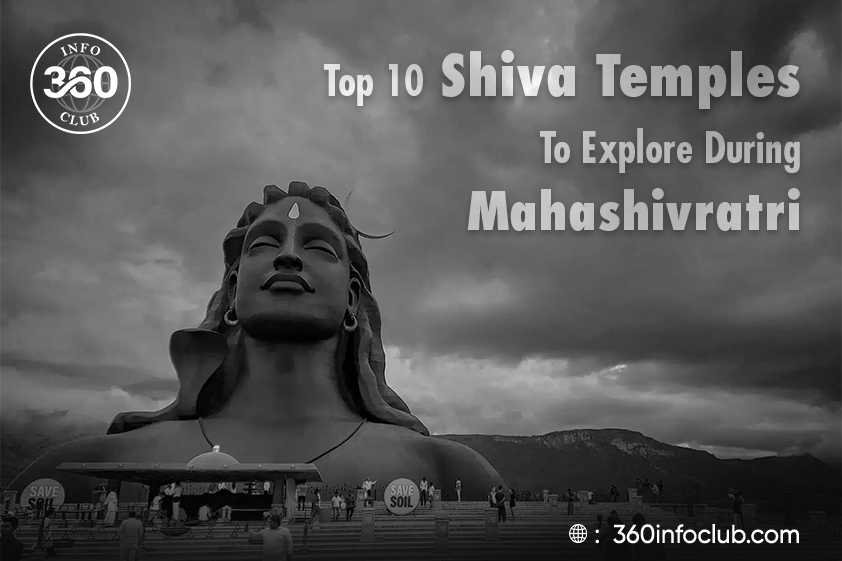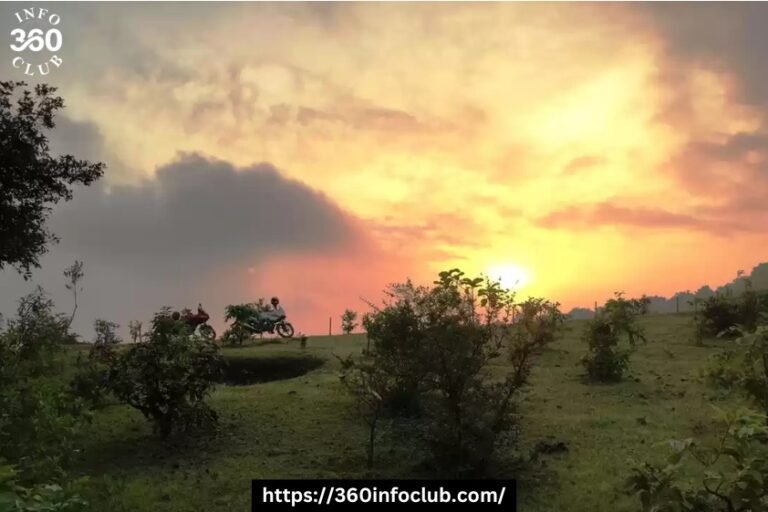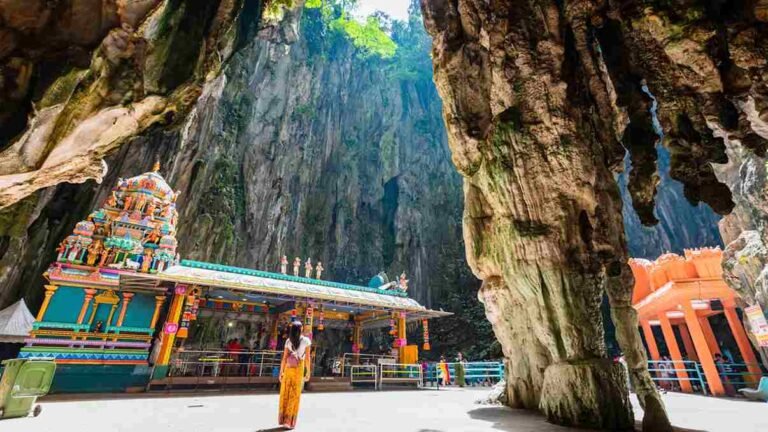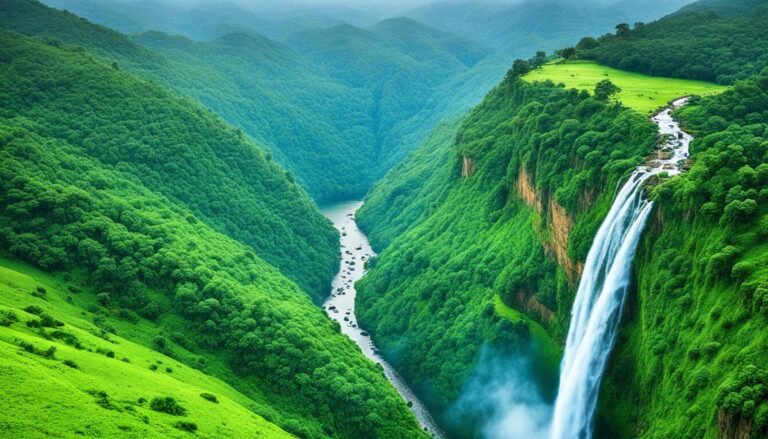Top 10 Shiva Temples To Explore During Mahashivratri
A Hindu’s ultimate creator, destroyer, or transformer is Lord Shiva. Millions of devotees seek solace and enlightenment at Shiva temples in India. Lord Shiva’s worship has inspired awe among India’s devotees for centuries. The journey to these Shiva temples is an odyssey of timeless rituals and traditions. Every temple is filled with myths, legends, and historical anecdotes. The stories boost Shiva’s glory and his cosmic dance.
The sun’s golden hues reflect Lord Shiva’s eternal presence in these ancient temples.
Five Powers of Shiva
In Hinduism, Lord Shiva is revered for his many facets and profound powers. His grace protects and reveals truth throughout the creation and dissolution of the universe. Shiva has five key powers:
- Creation (Srishti)
Shiva is responsible for the creation and formation of the universe. In this power, life is born and cosmic order is set into motion.
- Preservation (Sthiti)
Shiva’s power to sustain and maintain the universe. In this way, life can flourish in harmony and balance.
- Destruction (Samhara)
He is also known as the destroyer, responsible for ending the universe and dissolving all forms. It emphasizes creation’s cyclical nature and not merely destruction. The destruction of Shiva helps remove negativity and ignorance.
- Concealing Grace (Tirobhava)
It is Shiva’s power of concealing grace that allows us to experience the illusion (Maya) of reality. As individuals experience and learn life’s essential lessons, it illustrates the complexity of existence.
- Revealing Grace (Anugraha)
Shiva’s enlightening grace reveals ultimate truths and grants devotees enlightenment. As such, he guides devotees towards spiritual awakening and liberation (Moksha). Shiva reveals grace and illuminates the path to self-realization and unity with God.
Famous Shiva Temples In India
We will explore 10 of the most popular Shiva temples in India. Take part in this sacred pilgrimage guided by faith, devotion, and eternal love for Shiva.
- Kedarnath Temple, Uttarakhand
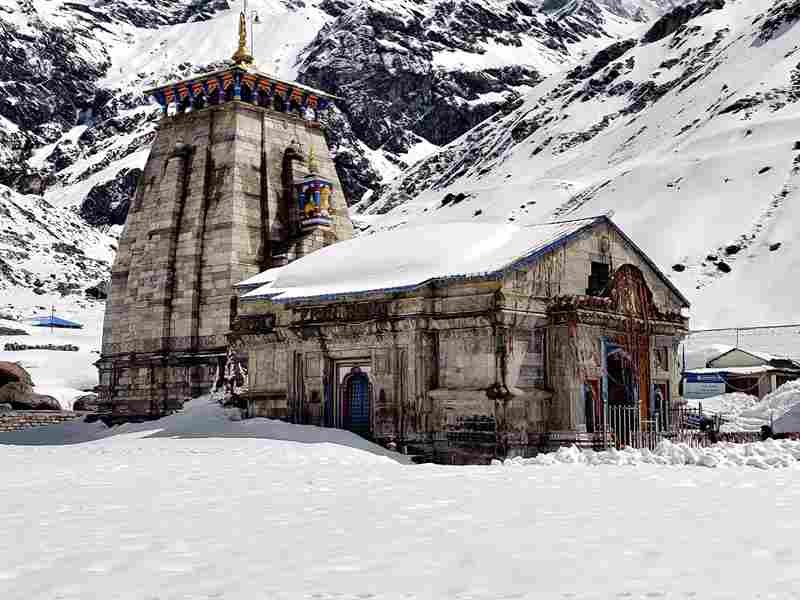
There is nothing quite like the magnificent natural beauty of the Kedarnath Temple in the Garhwal Himalayas. Shiva devotees consider it one of the Char Dham pilgrimage sites. The temple echoes with chants and prayers, especially during Mahashivratri, when pilgrims seek Lord Shiva’s blessings.
- Kashi Vishwanath Temple, Varanasi
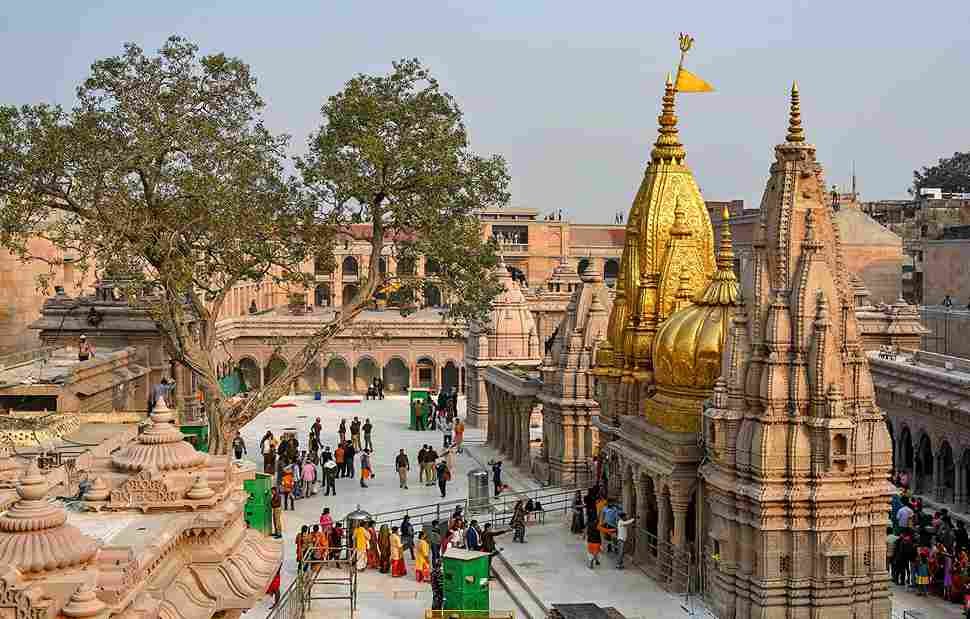
It is located in the ancient city of Varanasi and is dedicated to Lord Shiva. Devotees believe that pilgrimage to this temple can wash away sins and liberate them. The temple is bustling with activity, especially during festivals like Mahashivratri.
- Somnath Temple, Gujarat
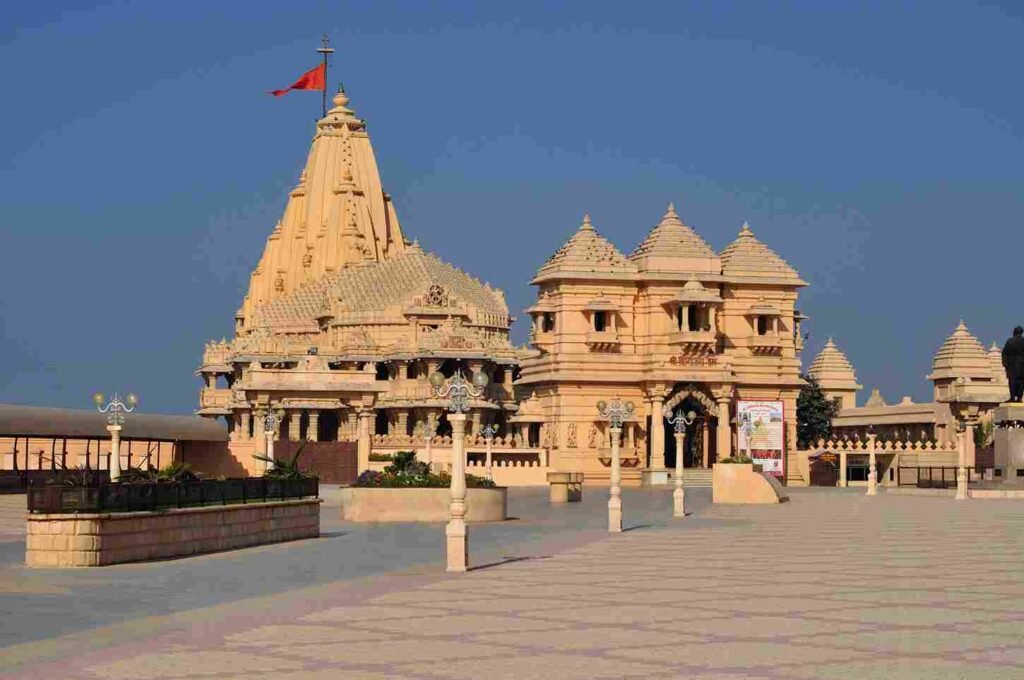
Shiva has twelve Jyotirlingas, including the Somnath Temple in Gujarat. Legends narrate the temple’s resilience against invasions and reconstruction, signifying Lord Shiva’s eternal nature. Many devotees flock to this Shiv ji temple during Mahashivratri to seek blessings.
- Mahakaleshwar Temple, Ujjain
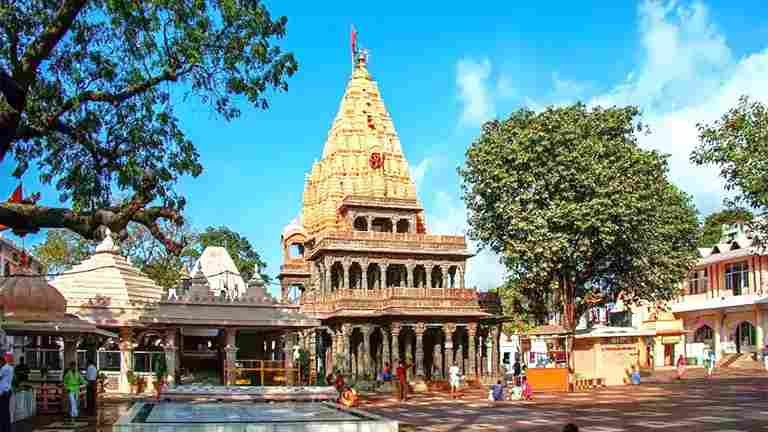
It is one of the twelve Jyotirlingas standing in Ujjain along the Shipra River. People from all over the world come here to seek blessings from Lord Shiva for prosperity and well-being. During Mahashivratri, devotees perform spiritual rituals and show sincere devotion at Shiv Ji temple.
- Ramanathaswamy Temple, Tamil Nadu
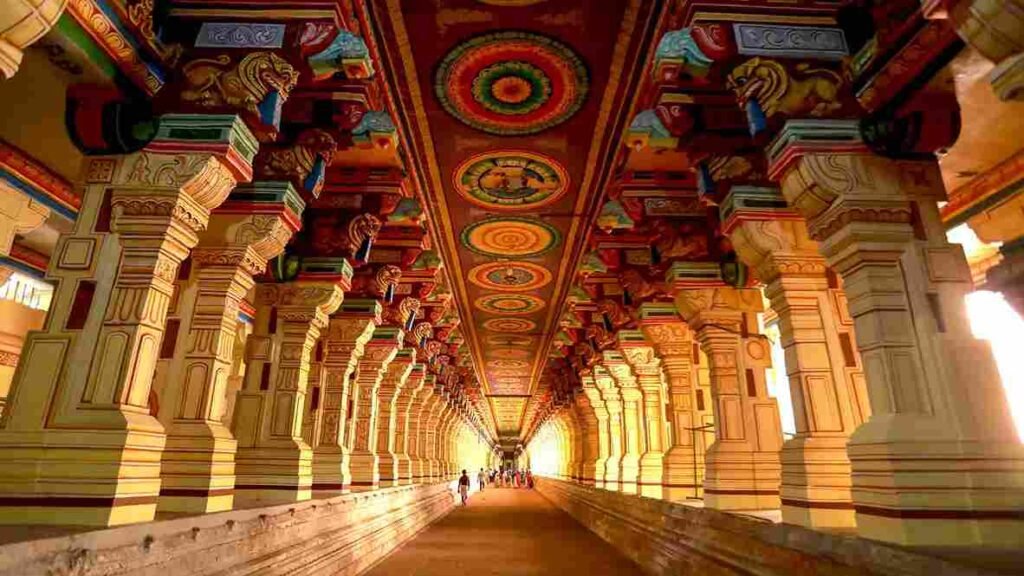
Ramanathaswamy Temple is one of the most revered temples on Rameswaram Island. It is renowned for its long corridors and sacred water tanks. Shiva’s power of preservation and harmony is symbolized in this temple. For purification, pilgrims bathe in temple wells and perform rituals.
- Brihadeeswarar Temple, Tamil Nadu
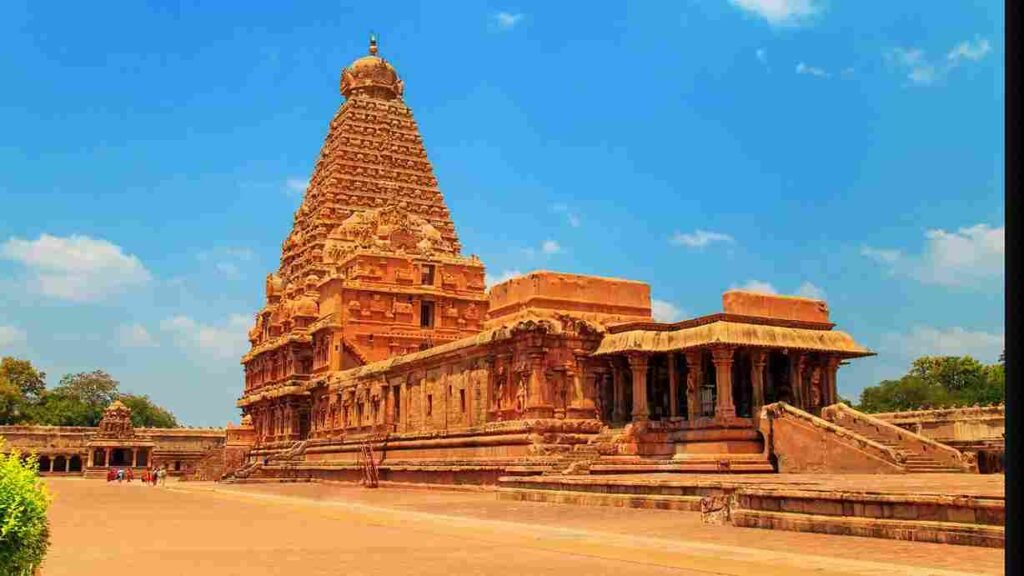
Also known as the Big Temple, Brihadeeswarar Temple is a UNESCO World Heritage Site in Thanjavur. It stands as a symbol of creation and architectural brilliance. Devotees are awed by the temple’s grandeur and intricate carvings.
- Chidambaram Temple, Tamil Nadu

The Chidambaram Temple is famous for its unique representation of Shiva as Nataraja, the cosmic dancer. This temple highlights Shiva’s Revealing Grace, depicting the universe’s rhythm through dance. The annual Natyanjali dance festival is a major attraction.
- Baidyanath Temple, Jharkhand
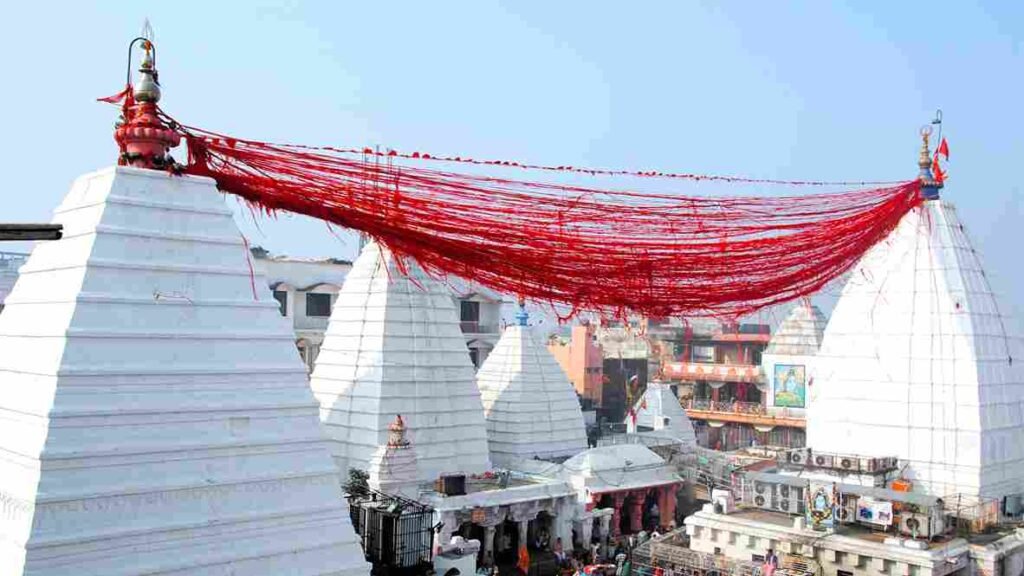
Baidyanath Temple, also known as Vaidyanath Dham, is one of the twelve Jyotirlingas and is associated with Shiva’s healing powers. This temple emphasizes Shiva’s Preservation aspect, offering solace and healing to devotees who visit seeking health and well-being.
- Nageshwar Temple, Dwarka, Gujarat
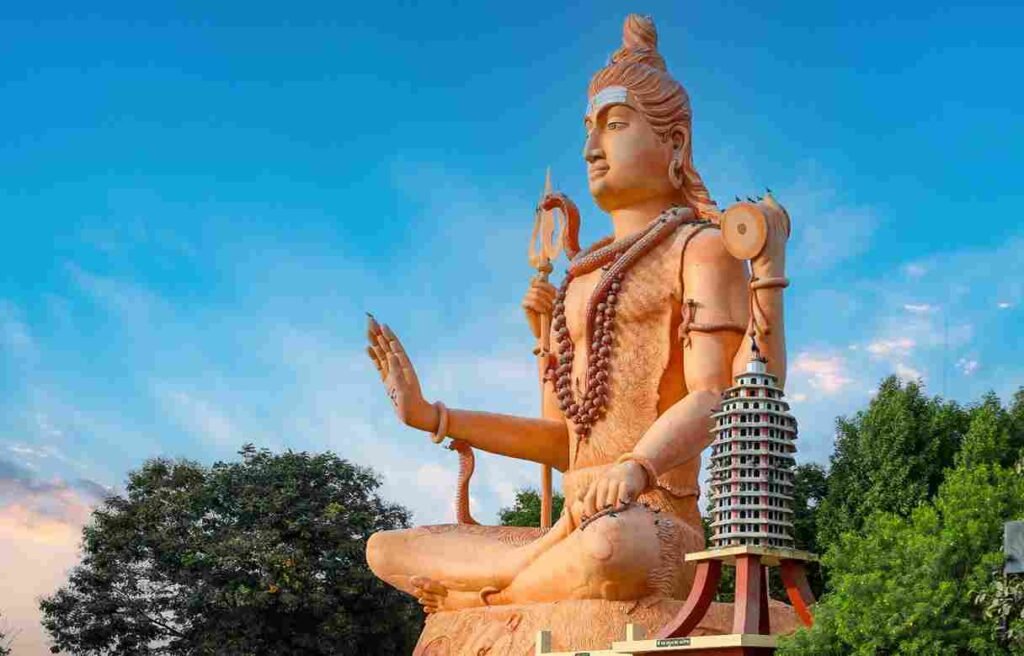
Near the coast of Dwarka, the Nageshwar Temple is often known as the temple of Lord Shiva and is known for its architectural splendor. Devotees believe worshiping at this sacred site brings them divine blessings and fulfills their desires. During Mahashivratri, devotees pray and seek Lord Shiva’s divine grace.
- Mallikarjuna Temple, Andhra Pradesh
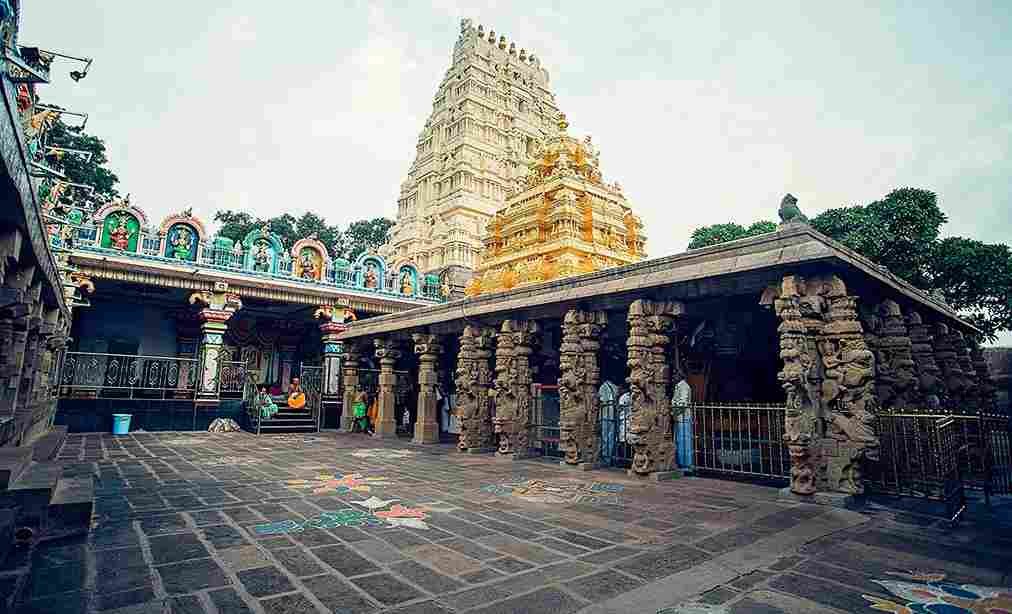
The Mallikarjuna Temple is dedicated to Lord Shiva nestled in the lush Srisailam hills. One of the twelve Jyotirlingas, it represents divine blessings and enlightenment for devotees. Devotees participate in rituals and seek Lord Shiva’s blessings during Mahashivratri.
The spiritual experience of Mahashivratri attracts devotees to Shiva temples. Shiva’s powers range from creation to destruction to grace in each temple. These temples provide a sacred space for deepening devotion and spiritual growth. Take an unforgettable pilgrimage to these Shiva temples during Mahashivratri.

